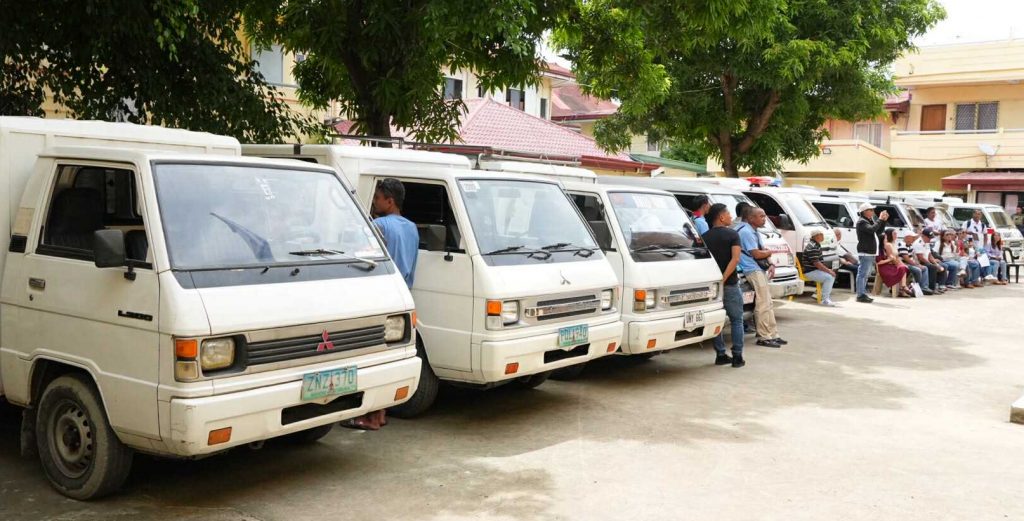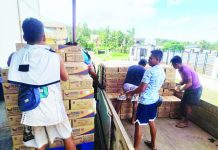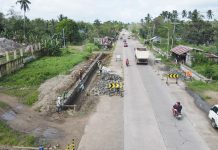
(CALBAYOG CITY INFORMATION OFFICE)
TACLOBAN CITY – In a bid to ensure that students from far-flung areas can attend school safely and regularly, Calbayog City Mayor Raymund “Mon” Uy officially launched the Sakay Na Program—a free transportation initiative aimed at addressing daily commute challenges faced by learners in remote barangays.
The ceremonial signing of the memorandum of agreement was held Monday, July 8, marking the formal partnership between the city government and 12 participating barangays.
Mayor Uy was joined by Vice Mayor Rex Daguman, Atty. Rhea Aguado of the Department of Education (DepEd) Calbayog Division, and leaders of the participating village officials during the event.
“This program goes beyond providing transportation—it’s about shared action and making education more accessible to every learner, regardless of where they live,” said Mayor Uy.
Under the agreement, participating barangays will provide vehicles to ferry high school students to and from school while the city government will shoulder the costs for fuel and drivers’ wages, and will provide support for vehicle maintenance and monitoring.
The 12 barangays included in the program’s initial rollout are Tomaliguez, San Rufino, Saljag, Mawacat, Macatingog, Marcatubig, Malopalo, Malajog, Cag-anibong, Binaliw, Danao-1, and Bantian.
The initiative is backed by Sangguniang Panlungsod Resolution No. 2025-16-454, along with corresponding barangay resolutions. It is legally grounded in Section 33 of Republic Act 7160, which promotes inter-local government cooperation.
The Sakay Na Program is part of Mayor Uy’s broader “Mabulig” campaign—a governance philosophy centered on shared responsibility, grassroots empowerment, and practical solutions that address the daily needs of 9 constituents.
“We believe in inclusive governance, and this is what it looks like when the city and barangays work together for the welfare of our students,” Mayor Uy added.
The city government also plans to expand the program in phases, depending on its success and community feedback, with the goal of eventually covering more underserved areas.
For many students in upland or geographically isolated barangays, access to education is often hindered by lack of reliable transportation. Officials hope that Sakay Na will improve school attendance and reduce dropout rates, especially among disadvantaged learners.
DepEd officials present at the launch expressed full support for the program, citing its potential to strengthen the city’s commitment to quality and equitable education.
“This is a strong step toward learner-centered governance. When we address the needs outside the classroom, we create better conditions for learning inside it,” said Atty. Aguado.
(JOEY A. GABIETA, ROEL T. AMAZONA)



